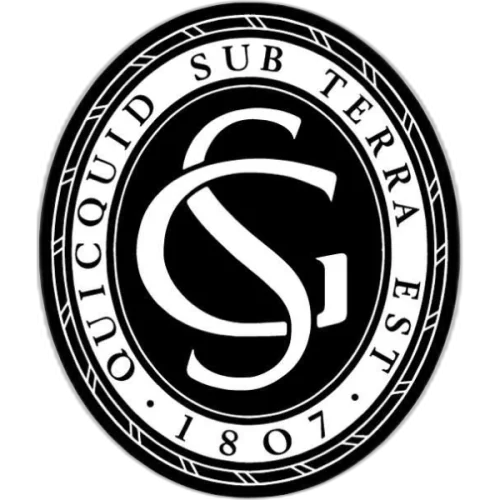Landolt-Börnstein - Group VI Astronomy and Astrophysics
Are you a researcher?
Create a profile to get free access to personal recommendations for colleagues and new articles.
journal names
Landolt-Börnstein - Group VI Astronomy and Astrophysics
Top-3 citing journals

Astrophysical Journal
(88 citations)

Astronomy and Astrophysics
(59 citations)

Monthly Notices of the Royal Astronomical Society
(52 citations)
Most cited in 5 years
Found
Nothing found, try to update filter.
Found
Nothing found, try to update filter.
Top-100
Citing journals
Citing publishers
|
20
40
60
80
100
120
140
|
|
|
American Astronomical Society
127 citations, 29.67%
|
|
|
EDP Sciences
63 citations, 14.72%
|
|
|
Oxford University Press
57 citations, 13.32%
|
|
|
Springer Nature
46 citations, 10.75%
|
|
|
Elsevier
37 citations, 8.64%
|
|
|
Wiley
23 citations, 5.37%
|
|
|
IOP Publishing
17 citations, 3.97%
|
|
|
American Physical Society (APS)
9 citations, 2.1%
|
|
|
American Chemical Society (ACS)
3 citations, 0.7%
|
|
|
Pleiades Publishing
3 citations, 0.7%
|
|
|
MDPI
3 citations, 0.7%
|
|
|
Copernicus
3 citations, 0.7%
|
|
|
Cambridge University Press
2 citations, 0.47%
|
|
|
American Association for the Advancement of Science (AAAS)
2 citations, 0.47%
|
|
|
American Geophysical Union
2 citations, 0.47%
|
|
|
Institute of Electrical and Electronics Engineers (IEEE)
2 citations, 0.47%
|
|
|
Walter de Gruyter
1 citation, 0.23%
|
|
|
Proceedings of the National Academy of Sciences (PNAS)
1 citation, 0.23%
|
|
|
Frontiers Media S.A.
1 citation, 0.23%
|
|
|
Mary Ann Liebert
1 citation, 0.23%
|
|
|
AIP Publishing
1 citation, 0.23%
|
|
|
American Meteorological Society
1 citation, 0.23%
|
|
|
Mineralogical Society of America
1 citation, 0.23%
|
|
|
The Korean Society of Economic and Environmental Geology
1 citation, 0.23%
|
|
|
Annual Reviews
1 citation, 0.23%
|
|
|
The Russian Academy of Sciences
1 citation, 0.23%
|
|
|
Infra-M Academic Publishing House
1 citation, 0.23%
|
|
|
Geological Society of London
1 citation, 0.23%
|
|
|
Chinese Society for Mineralogy, Petrology, and Geochemistry
1 citation, 0.23%
|
|
|
Moscow University Press
1 citation, 0.23%
|
|
|
20
40
60
80
100
120
140
|




























